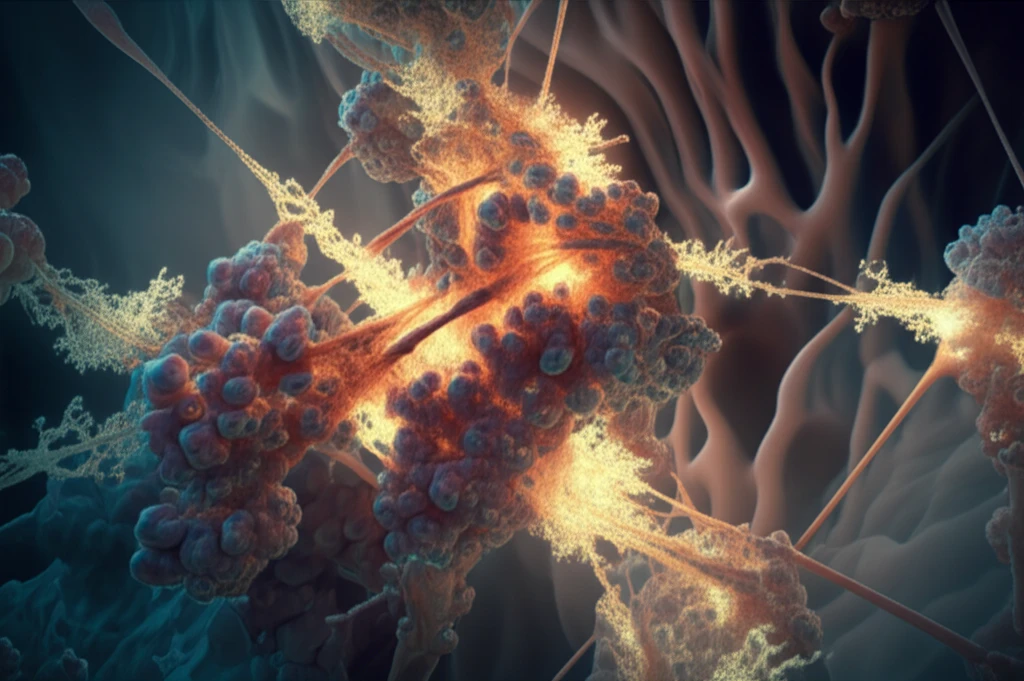
Decoding Kidney Stones: How Osteopontin Peptides and Phosphorylation Hold the Key
"A quantitative study reveals the crucial role of osteopontin peptide phosphorylation in kidney stone formation, offering new insights into prevention and treatment."
Kidney stones are a common and painful condition affecting millions worldwide. The primary mineral component of most kidney stones is calcium oxalate monohydrate (COM). Understanding how COM crystals form and aggregate is crucial in developing effective prevention and treatment strategies.
Recent research has focused on the role of polyelectrolyte-crystal interactions in biomineralization, which includes the formation of kidney stones. One key player in this process is osteopontin (OPN), a protein known to inhibit COM formation. However, the exact mechanisms by which OPN and its various forms influence kidney stone development are not fully understood.
A new quantitative study investigates how different phosphorylated forms of an osteopontin peptide interact with COM crystals. By examining the adsorption and incorporation of these peptides, the researchers aim to shed light on the role of phosphorylation in regulating kidney stone formation.
The Science Behind Kidney Stone Formation: Unveiling Osteopontin's Role

The study focuses on synthetic peptides corresponding to the amino acid sequence 220–235 of rat bone osteopontin. These peptides were created with varying degrees of phosphorylation: no phosphates (P0), one phosphate (P1), and three phosphates (P3). The researchers then observed how these peptides interacted with COM crystals formed in a controlled laboratory setting.
- Higher phosphorylation leads to stronger binding: Peptides with more phosphate groups (P3) exhibited stronger and more irreversible adsorption to COM crystals compared to those with fewer phosphates (P1).
- Increased incorporation with phosphorylation: P3 peptides were incorporated into the crystals at a significantly higher rate than P1 peptides, suggesting that phosphorylation promotes incorporation.
- Face-specific interactions: Both adsorption and incorporation occurred preferentially on specific crystal faces, with the {100} face showing the strongest interaction.
Implications for Kidney Stone Treatment and Prevention
This study provides valuable insights into the complex interplay between osteopontin, phosphorylation, and calcium oxalate crystal formation. Understanding how different forms of OPN interact with COM crystals can pave the way for developing targeted therapies to prevent or dissolve kidney stones. By manipulating the degree of phosphorylation or using specific OPN peptides, it may be possible to control crystal growth and aggregation, ultimately reducing the risk of kidney stone formation. Further research is needed to explore these possibilities and translate these findings into clinical applications.
